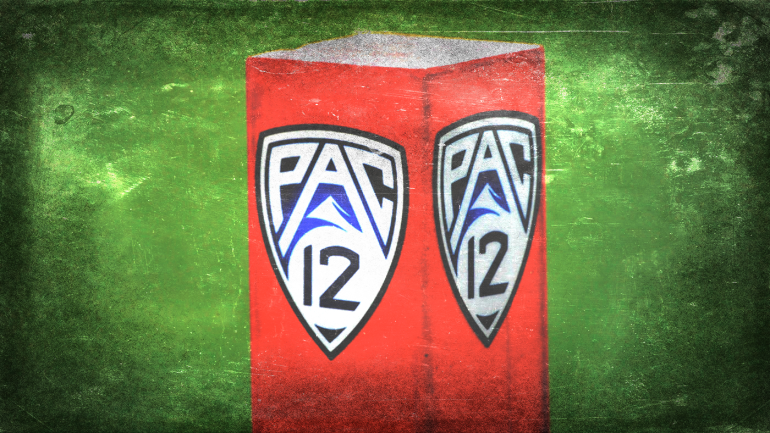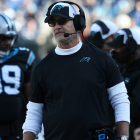
The Pac-12 crumbled late last week with a one-two punch of blockbuster announcements. First Oregon and Washington announced their departure for the Big Ten. That was followed shortly by the defections of Arizona, Arizona State and Utah to the Big 12. Why? The absence of a new media rights deal played the biggest role in the demise of the once-proud league.
According to The Athletic, Pac-12 commissioner George Kliavkoff presented an offer to school presidents and athletic directors on Aug. 1 that would pay member schools an estimated a base of $23 million a year for five seasons with increases for subscriptions to a Pac-12 athletics package on the Apple TV streaming service. This would mean around $31.7 million a year per institution if the league could achieve 1.7 million subscriptions. The deal had a possible payout of $50 million per year for every school for 5 million new subscriptions.
That offer, while competitive with other conferences if all incentives are met, was not a realistic option for the majority of presidents and athletic directors, many of whom elected to bolt for conferences with more traditional broadcast media deals.
"This was about national visibility for our players, being on linear TV so they can be seen, so they could have the national exposure," said Washington president Ana Mari Cauce on Saturday. "It was about stability. It was about having a future that we could count on and built towards."
Incentives and stability is something that was echoed by Oregon athletic director Rob Mullens.
"There are proceeds from the football championship series," Mullens said. "There are other ancillary rights that we expect to control. In the first part of the agreement we will be receiving partial shares. Those shares are commensurate and are in fact larger than the media rights we thought would be attainable through other mechanisms, and then we transition to being a full member. Over the 10 years of the deal we anticipated averaging over $50 million from direct media rights."
The key word there is "average." A guaranteed revenue stream for the two teams headed to the Big Ten -- even with partial shares in its infancy -- means that, by the end of the deal, Oregon and Washington will be full members receiving payouts that simply aren't realistic in a new-look Pac-12.
While the incentive-based proposal from Kliavkoff to Pac-12 members had a massive top-end revenue projection, it was likely to be below the Big 12's guarantee as well. That stability is also a big reason why Colorado, Utah, Arizona and Arizona State will be in the Big 12 starting in 2024.
![[object Object] Logo](https://sportshub.cbsistatic.com/i/2020/04/22/e9ceb731-8b3f-4c60-98fe-090ab66a2997/screen-shot-2020-04-22-at-11-04-56-am.png)

















